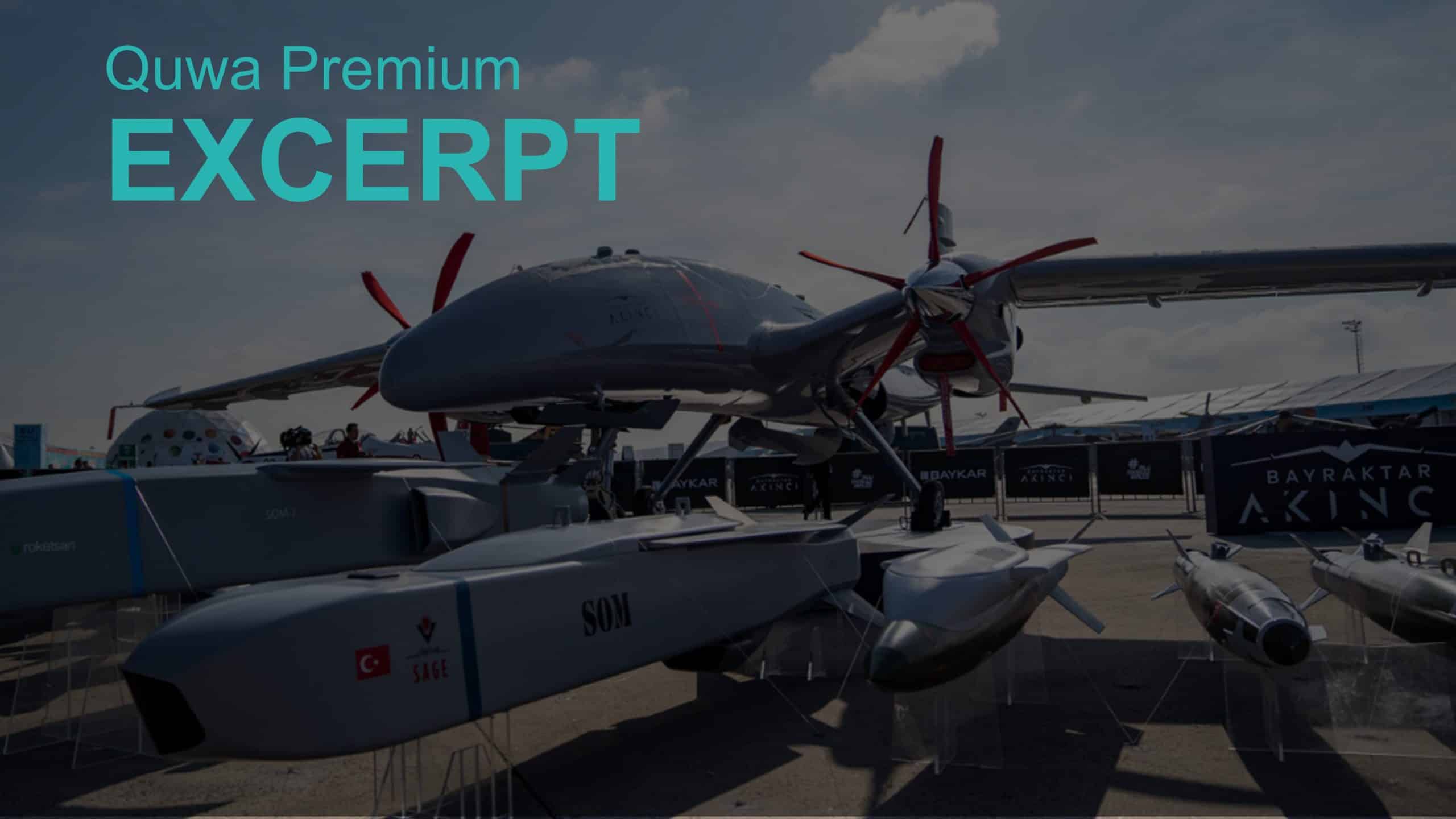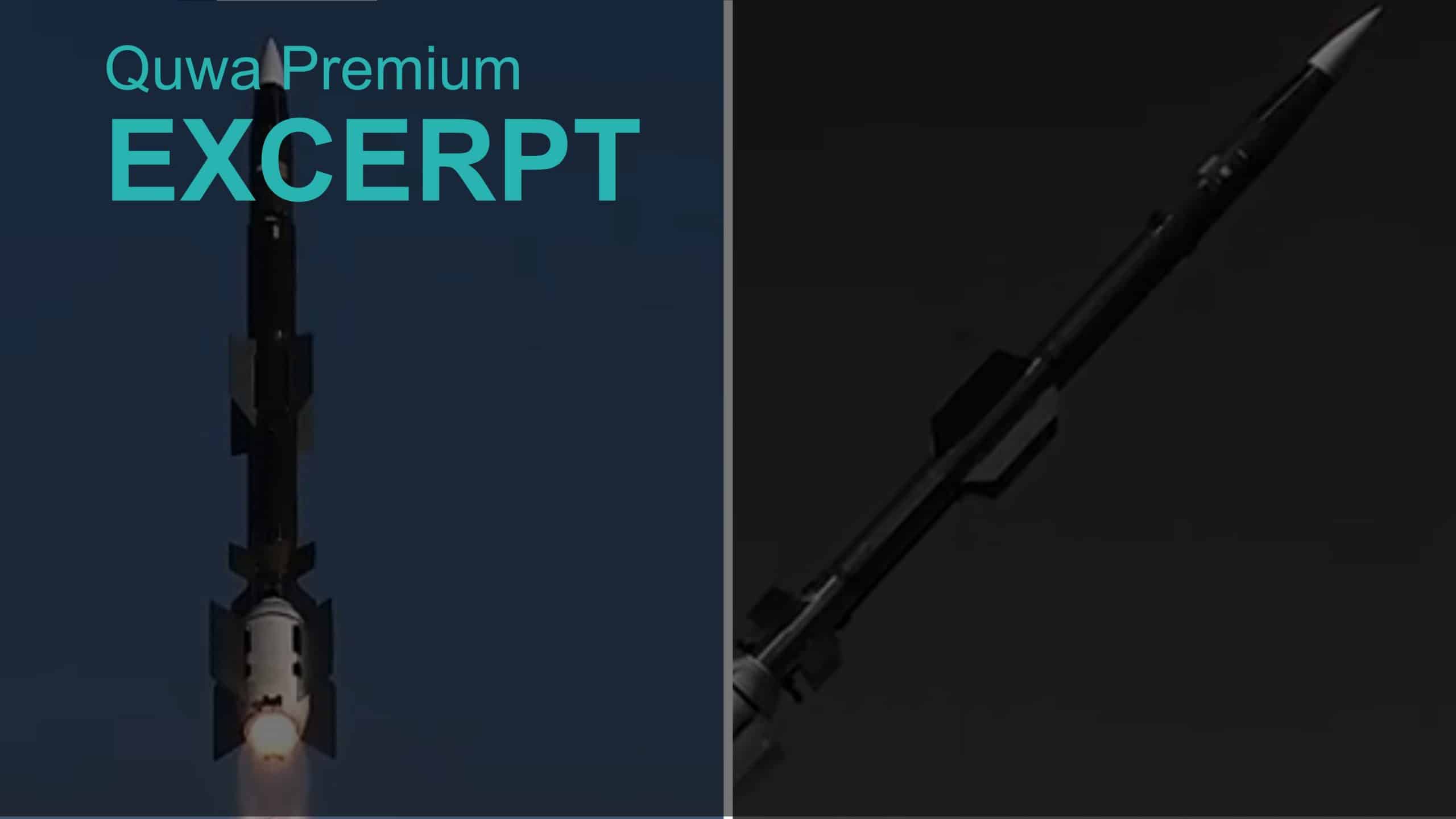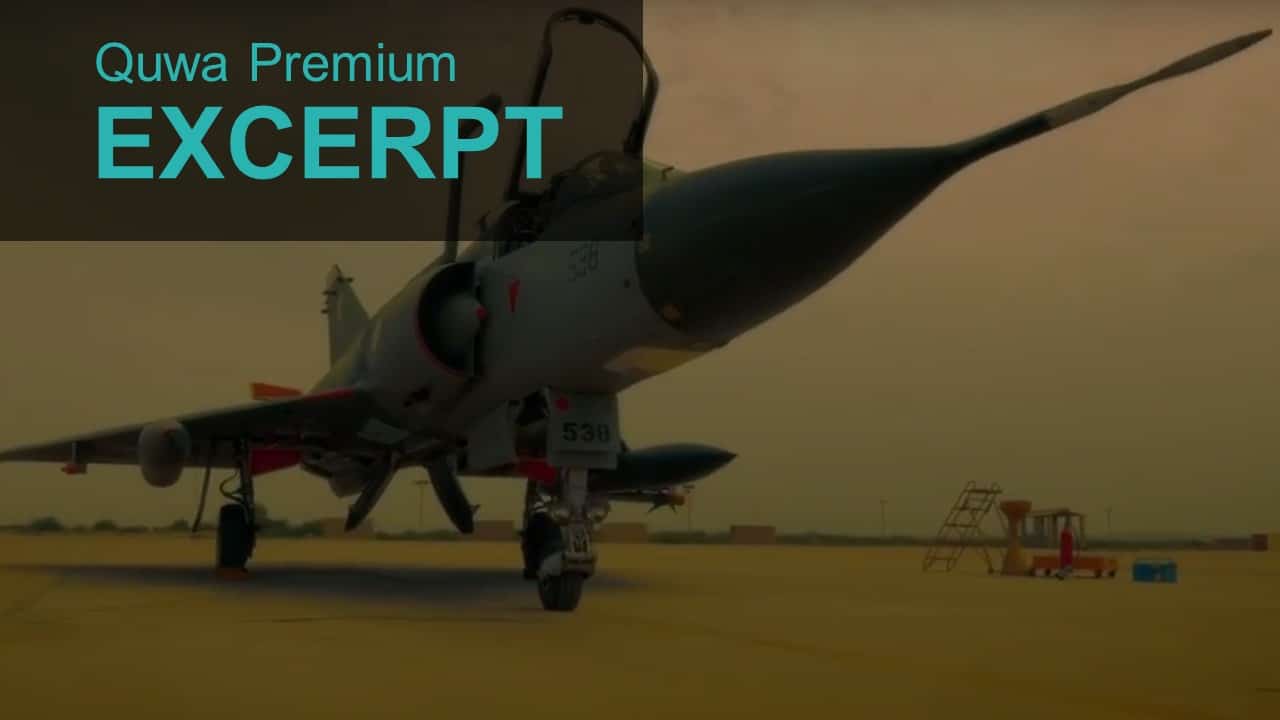1922Views

Can Turkey Become a Top Defence Exporter?
Turkey’s defence exports are catching momentum. In July, the Turkish Exporters’ Assembly (TIM) reported that the country could ship more than $4 billion USD in defence goods in 2022. Turkey currently has about $2 billion USD in defence exports registered for 2022 thus far.
So, what do these sales look like?
Drones, especially the Bayraktar TB2, are headlining Turkey’s defence exports. But in truth, Turkey’s sales actually cut across several of its key verticals, including manned aircraft (e.g., the Hürkuş turboprop trainer and light attack aircraft), naval solutions (e.g., corvettes, patrol boats, etc), and light armoured vehicles.
Moreover, Turkey is also securing a growing portfolio of subcontracting work from other aerospace and defence giants, such as Airbus. In July 2022, Turkish Aerospace Industries (TAI) signed an agreement with Airbus to manufacture inputs for the A350F, A320, and A220.
Its defence export growth is showing across both its public sector (e.g., TAI) and private sector companies.
From the latter, Baykar Technologies is seeing considerable growth. In fact, its GM, Haluk Bayraktar, reportedly said they have signed Bayraktar TB2 deals with 22 countries and that the drone’s production line is booked for three years. It has also sold the Bayraktar Akıncı to four countries.
Finally, Turkey’s exports cut across regions with traction in Sub-Saharan Africa, South Asia, Central Asia, the Middle East, and Central Europe. In fact, with at least one NATO power in the books (Poland), Turkey’s traction also cross geo-political alignments (albeit to an extent) with sales going both East and West.
So, with such a promising foundation, is Turkey’s defence industry poised to drive more export growth? Could Turkey’s exports one day cross $10 billion USD? Or $20 billion USD? Can it become a ‘top exporter?’
What Does it Take to Become a Top Defence Exporter?
To answer this question, one must look into two areas.
First, how did the ‘traditional’ top exporters (like the United States) emerge? Second, can a ‘new type’ of exporter rise without the same exact foundations of today’s ‘top exporters?’
The second area is important because one cannot take the innate advantages of the U.S. (or China, Russia, etc) for granted. Ultimately, only a handful of countries have the resources, geo-political positioning, and other factors to become a superpower. So, if one lacks those advantages, can they still grow their defence industry and drive large amounts of defence exports?
The ‘traditional’ track typically involves a country that builds a turnkey industry base. It is able to design and manufacture a defence solution from the ground up. In general, they can do it independently of any other external supplier. So, for example, the U.S. has produced its own fighter aircraft using inputs from its domestic industry base, such as engines and electronics.
Likewise, it can build its own naval solutions, land systems, and munitions from the ground up. This ‘total’ turnkey basis enables the U.S. to compete across many defence spheres and, in turn, drive large exports. This is why China is also poised to grow in terms of its defence exports as well…
End of Excerpt (509/1,330 words)
You can read the complete article by logging in (click here) or subscribing to Quwa Premium (click here).
For More on Turkey’s defence industry, see:


